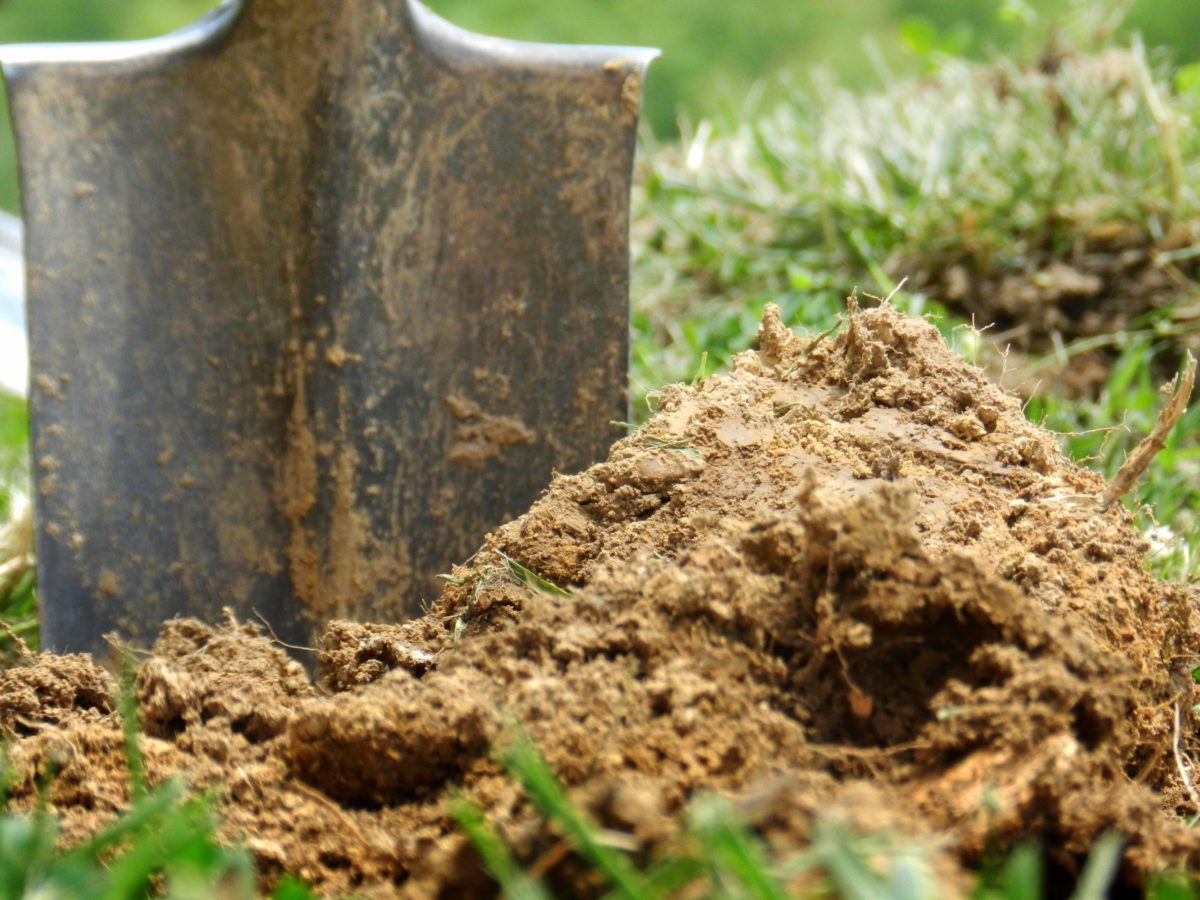
If you’re like me, from the last several months you’ve been drooling over glossy, full color images of juicy red tomatoes, crisp green lettuce and luscious ripe peaches in the gardening catalogs. You’ve probably been dreaming of the coming spring’s garden, remembering last year’s successes, forgetting the failures, and making wish list after wish list of the new fruits and veggies you want to try (without any regard for how you will actually fit 50 varieties of heirloom tomatoes in your garden).
But now that we’re in the fourth week of February with temps 30 degrees lower than average, I’m starting to wonder if spring will ever come. I’m trying to hold out hope, but in the meantime, the planning continues.
The first big project I’m jumping into as soon as the weather breaks is the construction of my new hugelkultur beds. I just learned about hugelkultur (a German word roughly translating to hill or mound culture) while attending the Ohio Ecological Food and Farm Association Conference.
Hugelkultur essentially replicates the natural process of decomposition that occurs on the forest floor—think of all that beautiful rich, black hummus that occurs when branches, logs and fallen leaves decompose. The beauty of the hugelkultur method is you can create nature’s perfect growing media in full sun, right in your backyard or wherever is a convenient location for the vegetables and fruits you want to grow.
Some of the benefits of the hugelkultur method includes: better moisture retention in your growing beds, improved drainage, increased soil fertility and soil biota. This is a no-till method of gardening, and if you use biointensive planting or a square foot gardening style, very little weeding needs to be done.
The most commonly recommended size to start with seems to be a 6’ long by 3’ tall hugelkultur bed, but I may get creative. I’ve seen images online of some really beautiful hugelkultur beds– Schooner Farms in northern Ohio has created a replica of the ancient Serpent Mound using hugelkultur. Beds can be constructed on top of lawn or existing garden space. You may also choose to scrape off the top layer of grass/topsoil and use this on top of your bed when finished.
To create your bed, simply arrange the logs in the size/shape you want your beds to be, pack leaves and wood chips tightly in between, use branches to create an interlocking “frame” for your bed, pack straw and compost tightly between the branches and finish off with topsoil. Plant your seeds/plants and cover with a mulch.
Hugelkultur seems to be a perfect choice for my tiny homestead. We live in a partially wooded area so we have access to fallen trees, branches and leaves which all need to be cleaned up and used anyways. The hardest part can be deciding what I want to plant in my beds once I get them built. I suppose I may have a few more weeks of winter planning to figure that part out!

